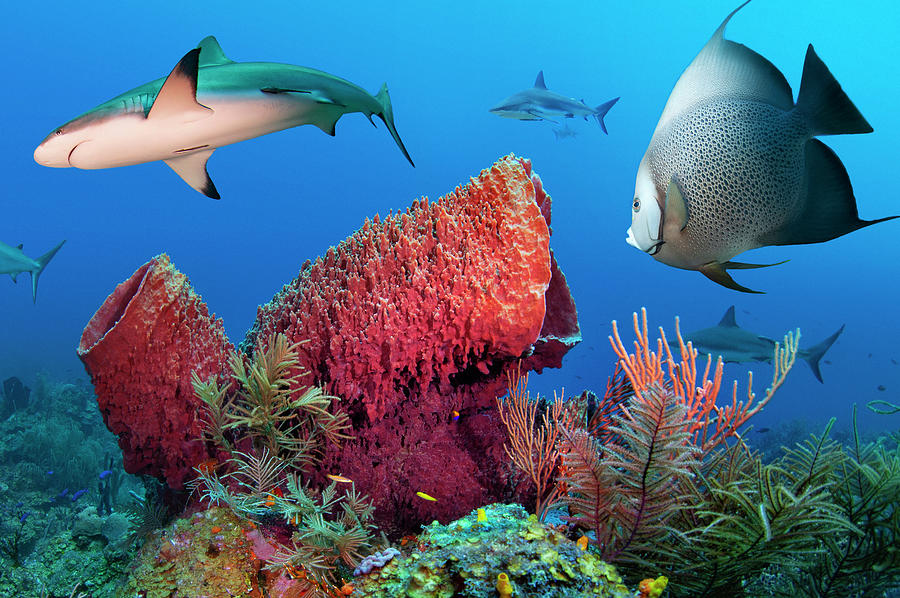Angelfish And Rainbow Shark
If you're a fish enthusiast looking to add some colorful aquatic creatures to your tank, you've likely heard of angelfish and rainbow shark. These fascinating fish are popular among hobbyists for their unique appearance and behavior. In this blog post, we'll dive deeper into the world of angelfish and rainbow shark, exploring everything from their care requirements to their personalities.
Pain Points Related to Angelfish and Rainbow Shark
Keeping a fish tank can be a rewarding experience, but it's not always easy. There are many pain points that come with owning aquatic pets, especially when it comes to angelfish and rainbow sharks. Some of these pain points include:
- Maintaining a stable temperature and pH level in the tank.
- Providing a suitable environment for both fish to thrive.
- Managing aggression between angelfish and rainbow shark.
- Battling common illnesses and diseases that affect these fish.
The Target of Angelfish and Rainbow Shark
Angelfish and rainbow sharks are largely targeted towards aquarium enthusiasts who are looking for colorful and interesting fish to add to their collection. These fish are not ideal for beginners, as they require specific care and attention to thrive. However, with the right knowledge and equipment, anyone can create a happy and healthy environment for these fascinating fish.
Personally, I've kept angelfish and rainbow shark for several years and have found them to be incredibly rewarding pets. Not only are they beautiful to look at, but they also have distinct personalities and behaviors that make them stand out from other fish species.
Care Requirements for Angelfish and Rainbow Shark
When it comes to caring for angelfish and rainbow shark, there are several key factors to keep in mind. First and foremost, both fish require a tank that is at least 50 gallons in size. This provides them with enough space to swim and thrive without feeling cramped or confined.
It's also important to maintain a stable temperature in the tank, as fluctuations can lead to stress and illness in these fish. Generally, a temperature range of 75-82°F is ideal for both angelfish and rainbow shark.
Another key factor to consider is the pH level of the tank. Angelfish do best in water with a pH range of 6.5-7.5, while rainbow shark thrive in water with a pH range of 6.5-7.8. Ensuring that the pH level is within the appropriate range can help prevent health problems and promote overall well-being in both fish species.
Feeding Angelfish and Rainbow Shark
Angelfish and rainbow shark are omnivorous, meaning they eat both plant and animal matter. As such, it's important to provide a varied diet that includes both flakes or pellets and live or frozen foods.
Some great options for angelfish include bloodworms, brine shrimp, and flakes, while rainbow shark enjoy a mix of algae wafers, shrimp, and pellets. Avoid overfeeding, as this can lead to health problems and water quality issues in the tank.
Aggression between Angelfish and Rainbow Shark
One common issue that can arise when keeping angelfish and rainbow shark together is aggression. Both species can be territorial, and they may become aggressive towards one another if they feel their space is being invaded.
To prevent aggression, it's important to provide plenty of hiding places and territories within the tank. This can include live plants, rocks, and decorations that provide places for fish to hide and establish their territories.
Question and Answer
Q: Can angelfish and rainbow shark live together?
A: Yes, they can, but it's important to provide a large enough tank and plenty of hiding places to prevent aggression.
Q: How often should I feed my angelfish and rainbow shark?
A: 2-3 times per day, only feeding small amounts at a time to avoid overfeeding.
Q: Can angelfish and rainbow shark thrive in a community tank?
A: Yes, they can, but it's important to choose tank mates that are compatible with their personalities and care requirements.
Q: What illnesses should I be aware of when it comes to angelfish and rainbow shark?
A: Some common illnesses that can affect these fish include ich, fin rot, and velvet disease. Regular water changes and proper filtration can help prevent these issues.
Conclusion
Overall, angelfish and rainbow shark are fascinating fish that can provide a unique and rewarding experience for aquarium enthusiasts. With proper care and attention, they can thrive in a home aquarium and provide years of enjoyment for their owners.
Gallery
I Think My Angelfish Ate My Rainbow Shark. Is This Possible? My Shark

Photo Credit by: bing.com / shark rainbow angelfish ate possible think
The Technique Of Maintaining Rainbow Shark Fish In An Aquarium - Fish

Photo Credit by: bing.com / shark rainbow fish sharks aquarium tank tropical size maintaining technique store care guide water freshwater know there only visit red
Shark And Angelfish Photograph By Antonio Busiello

Photo Credit by: bing.com / angelfish busiello
Rainbow Shark + Angel Fish - YouTube

Photo Credit by: bing.com / fish shark rainbow
Angelfish, Rainbow Sharks And Guppies? | My Aquarium Club

Photo Credit by: bing.com / sharks guppies angelfish